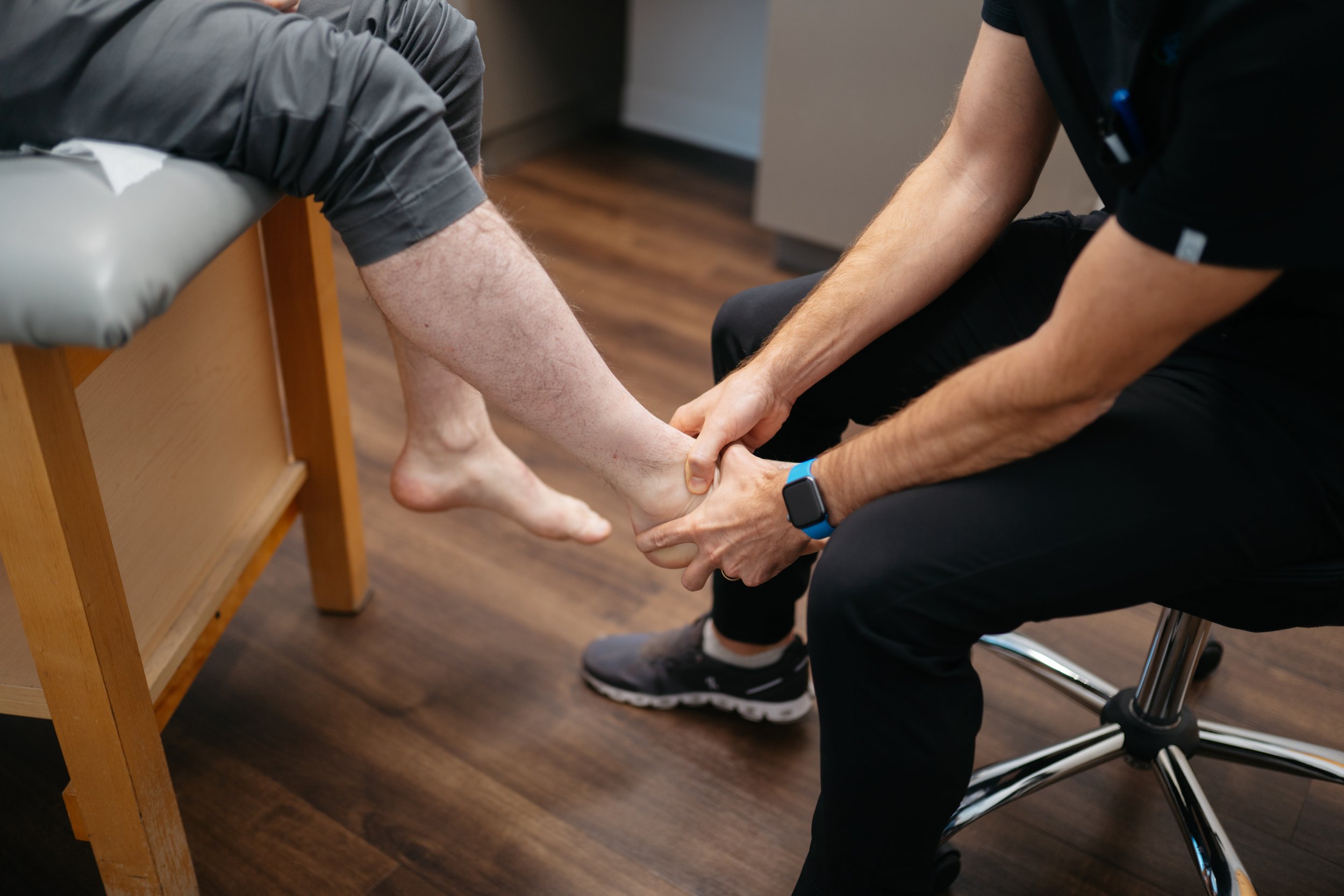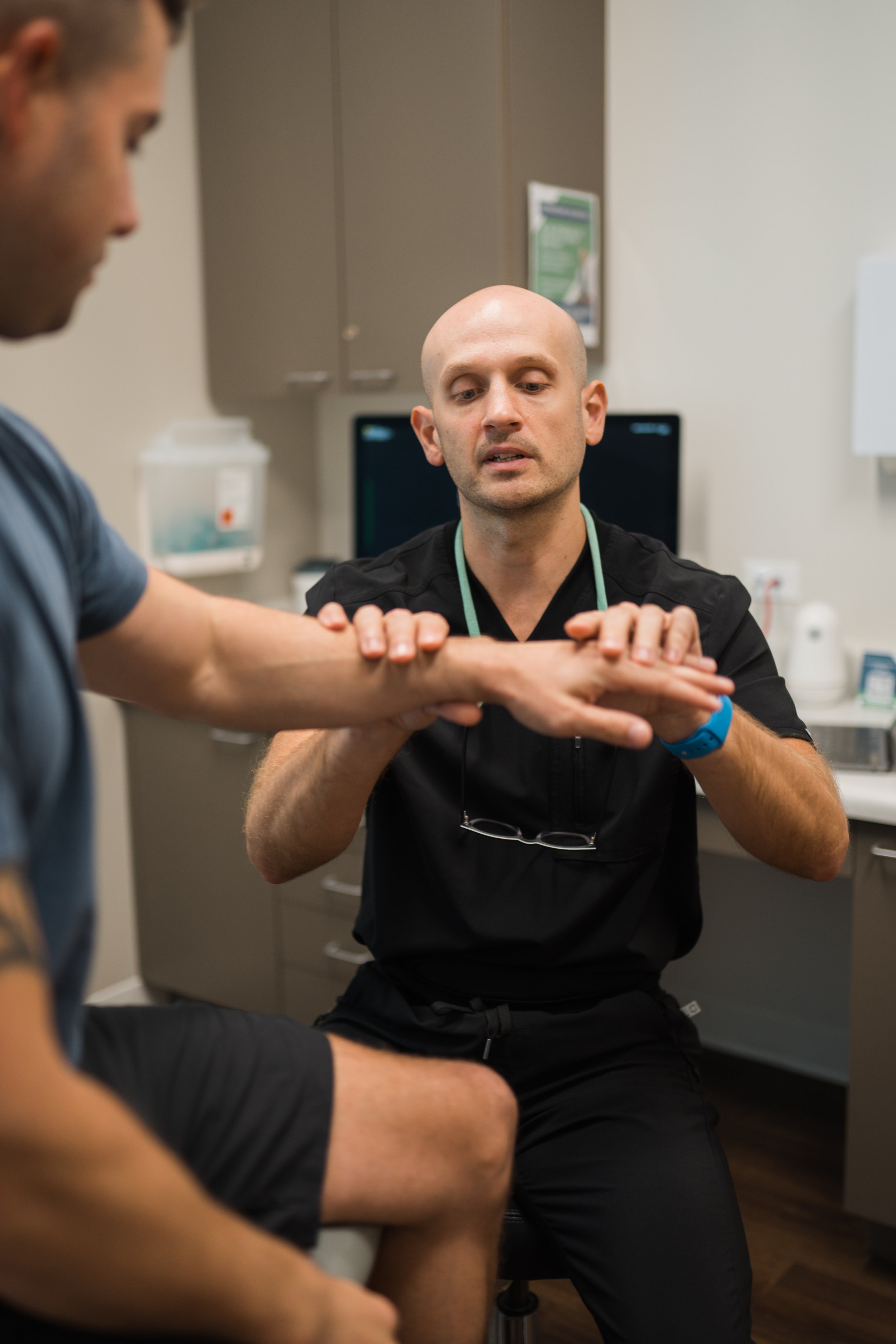Understanding Sprains vs. Broken Bones: Key Differences
When discussing sprains and fractures, it's essential to understand that while they may initially present in similar ways, there are distinct differences in their symptoms, diagnosis, and treatment that are crucial for proper care and recovery.
Identifying the Symptoms: Sprains vs. Fractures
Both sprains and broken bones often result from some form of impact or trauma, such as sports injuries, falls, or accidents. Initially, it can be difficult to differentiate them due to their similarity in injury causes. Patients will typically experience immediate pain and swelling, which are common responses of the body to injury.
However, Dr. Marx points out a critical difference in how these conditions affect one's ability to bear weight on the injured area. In the case of a broken bone, especially in weight-bearing areas like the ankle, the individual will find it extremely difficult, if not impossible, to place weight on it. This inability to bear weight often necessitates walking assistance. On the other hand, a person with a severe sprain might still manage to limp and bear some weight, albeit with discomfort.
Another distinguishing factor is the pain location. Pain that is directly over a bone is more suggestive of a fracture. This is because the pain emanates from the broken bone itself. In contrast, if the pain is off to the side, where ligaments typically connect bones, it might indicate a sprain. Ligaments, which are the tough bands of tissue connecting bones in a joint, when overstretched or torn, result in a sprain.
Expert Diagnosis: How to Tell if It's a Sprain or a Break
The journey to an accurate diagnosis begins the moment you step into a clinic or emergency room. It's a blend of medical expertise, careful observation, and advanced technology. The medical professional’s first task is to understand the history of the injury – how it happened, your immediate response, and the evolution of symptoms since then. This initial assessment provides critical clues that guide the next steps in the diagnostic process. With this foundational understanding, the focus shifts to more definitive diagnostic techniques.
Physical Examination: A healthcare professional will assess the injured area, checking for tenderness over the bone (indicative of a break) or around the ligaments (suggestive of a sprain).
Imaging Tests: X-rays are standard for suspected fractures, as they can clearly show breaks in bones. MRI or ultrasound might be used for diagnosing severe sprains, particularly to assess the extent of ligament damage.
Effective Treatment Strategies: Sprains and Broken Bones
Treatment approaches for these conditions differ significantly. Broken bones often require immobilization, which might be achieved using a cast or splint. In more severe cases, surgery might be necessary to properly align and fix the broken bone. The recovery process involves not only healing the bone but also rehabilitation to restore strength and mobility.
Sprains, depending on their severity, are often treated using the R.I.C.E. method, which stands for Rest, Ice, Compression, and Elevation. This method reduces swelling and pain. Physical therapy might be recommended for more severe sprains to strengthen the surrounding muscles and improve joint stability. Surgery is rare for sprains but might be required in cases where there's a complete tear of the ligaments.
Recovery and Rehabilitation: Ensuring Long-Term Health
Recovery and long-term care require patience and adherence to medical advice. Fractures might take weeks to months to heal fully, depending on their severity and location. Sprains usually heal within a few weeks, but severe cases may take longer. They can pose a risk of chronic instability or recurrent injuries if not rehabilitated properly.
While sprains and broken bones can be similar in their initial presentation, understanding their differences is vital for receiving appropriate treatment. Seeking medical attention for an accurate diagnosis is essential, as it guides the necessary treatment approach and ensures a smooth and efficient recovery process. This knowledge not only aids in quicker recovery but also helps in preventing potential long-term complications.
If you’re experiencing joint pain or think you may have a fracture or a sprain, you’ve come to the right place. Dr. Marx has expertise in taking care of patients of all ages and enjoys working to help them get back to their everyday lives!
Schedule an appointment with our Fellowship-Trained Sports Medicine Surgeon, Dr. Marx, here in San Antonio today!




